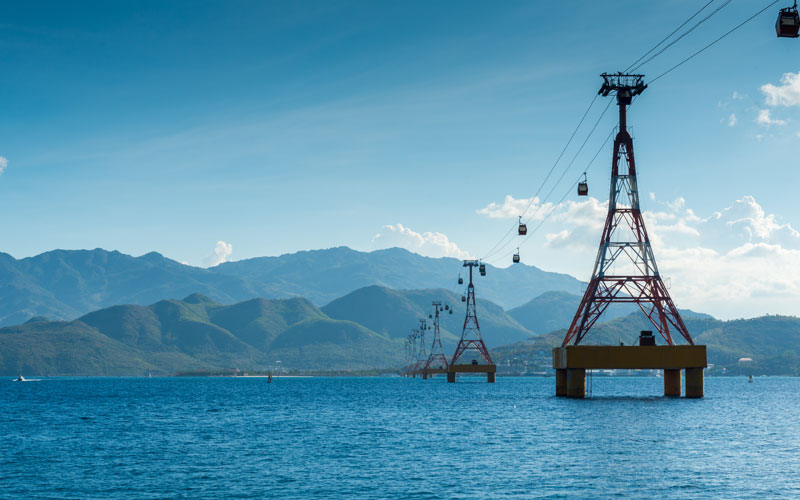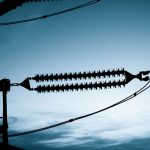The final section of the Viking Link Interconnector has been completed by Prysmian’s cable-laying vessel in Danish waters. The EUR 2 billion project will connect the UK and Denmark to share green electricity through a land and subsea cable network of 475 miles.
The Jul 18, 2023

The final section of the Viking Link interconnector, the state-of-the-art voltage subsea cable joining Bicker Fen in Lincolnshire with Jutland in Denmark, was completed offshore in the North Sea by Prysmian’s cable laying vessel, Leonardo da Vinci, and its team. The EUR 2 billion project is a joint venture (JV) between National Grid and Danish system operator Energinet. It will be the world’s longest land and subsea interconnector – stretching for 475 miles between the two countries.
The HVDC cable, manufactured and laid by Prysmian and NKT, is made from copper, steel, paper, and plastic and is buried on the seabed. The complex cable-joining process in Danish waters involved lifting the sections of cables out of the water and expertly joining each conductor/strand together on the cable-laying vessel. The project started in 2019 is due for completion by the end of 2023 and will enable the sharing of enough green electricity to power 1.4 million UK homes.
Watch: RR Kabel | Solar Cables | Solar Plant | Renewable Energy
Viking Link is National Grid’s sixth interconnector. The company already has five operational cables joining the UK with France (IFA and IFA2), The Netherlands (BritNed), Belgium (Nemo Link), and Norway (North Sea Link). The link will enable fast and flexible energy to be shared between the two countries, from where it is generated to where it is needed most. Flowing at the flick of a switch, interconnectors can respond quickly to changes in supply and demand, making them an ideal partner for intermittent renewable energy.
Ms. Rebecca Sedler, Managing Director for Interconnectors, said, “This is a fantastic moment for the UK and Denmark, and a key milestone for the world record project, as we join the electricity networks of our two countries for the first time. After years of planning and construction work, today’s announcement is a testament to the hard work and dedication of our team and our partners on both sides of the connection. Interconnectors bring huge benefits to the UK, acting as clean energy super-highways, allowing us to move surplus green energy from where it is generated to where it is needed the most. That means that we can import cheaper and cleaner energy from our neighbors when we need it, and vice versa. As countries begin to integrate more offshore wind generation into their energy systems, interconnectors will become critical for transporting clean and green energy and helping to manage the intermittent nature of renewable sources.”
Also Read: Tejas Networks to Supply RAN Equipment Worth INR 7,492 Crore to BSNL’s Pan-India 4G, 5G Network
Between 2020 and 2030 National Grid expects its interconnectors will have helped the UK to avoid around 100 million tonnes of carbon emissions, and by 2030, 90 percent of the energy imported through the company’s interconnectors will be from zero-carbon energy sources.
Earlier this year National Grid announced plans for a 1.8GW offshore hybrid asset (OHA) between the UK and the Netherlands, called LionLink. A second OHA called Nautilus is also in the planning phase, with the potential to connect with Belgium and supply enough electricity to meet the needs of 1.4 million UK homes. OHAs are the next phase of interconnection, not only joining two countries together but also connecting with offshore wind generation. OHAs support UK and EU efforts to meet 2030 and 2050 offshore wind targets, speed up the displacement of fossil-fuelled power stations, and, crucially, have the potential to reduce the impact on the environment and coastal communities with fewer individual connections.




